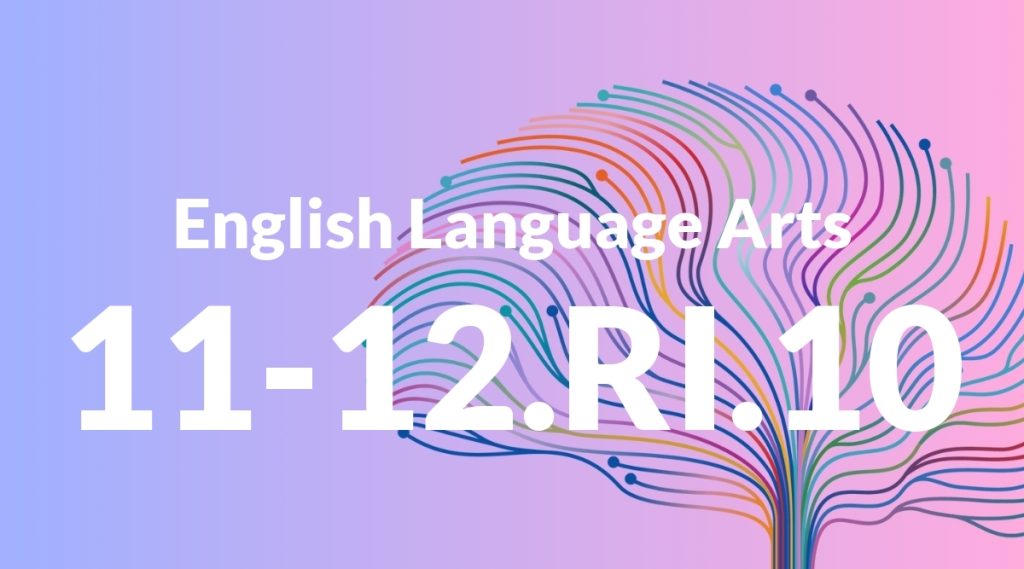Standard: 11-12.RI.10 – By the end of grade 11, read and comprehend literary nonfiction in the grades 11-CCR text complexity band proficiently, with scaffolding as needed at the high end of the range. By the end of grade 12, read and comprehend literary nonfiction at the high end of the grades 11-CCR text complexity band independently and proficiently.
Grade level: Grade 11-12
Subject: English Language Arts
Domain: Reading: Informational Text
Teacher Overview
This standard emphasizes the importance of students being able to read and comprehend complex literary nonfiction texts by the end of grades 11 and 12. Mastery of this standard is crucial for students’ readiness for college and career, as it develops critical reading and analytical skills. Students should already be comfortable identifying main ideas and supporting details, understanding text structures, and analyzing arguments and rhetorical strategies in nonfiction texts.
After mastering this standard, students will develop advanced critical thinking and analytical skills, preparing them for college-level reading and writing tasks.
Common Misconception 1
A common misconception is that all nonfiction texts are purely factual and objective. This is incorrect because many nonfiction texts are influenced by the author’s purpose and perspective, which can shape the presentation of information.
Intervention 1
To address this misconception, have students practice identifying the author’s purpose and perspective in various texts, and analyze how these influence the presentation of information.
Common Misconception 2
Another misconception is that understanding a text means only summarizing it. This is incorrect because true comprehension involves engaging with the text through questioning, making inferences, and connecting the text to broader themes and contexts.
Intervention 2
To remediate this, teach students to ask critical questions, make inferences, and connect the text to broader themes and contexts during their reading.
Prerequisite Knowledge
Students should have the ability to identify main ideas and supporting details in texts, understand text structures, and have some experience with analyzing arguments and rhetorical strategies in nonfiction texts.
Subsequent Knowledge
Students will develop advanced critical thinking and analytical skills, enabling them to evaluate complex texts and arguments independently. They will be prepared for college-level reading and writing tasks.
Instructional Activities
- Close reading and annotation exercises
- Group discussions analyzing different nonfiction texts
- Writing analytical essays on nonfiction texts
- Debates based on arguments presented in nonfiction readings




